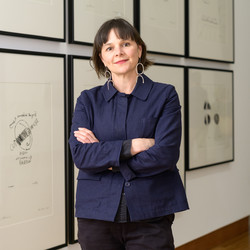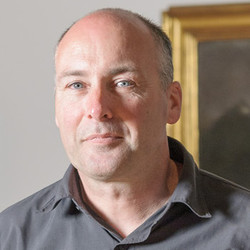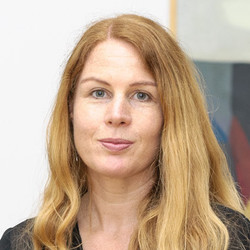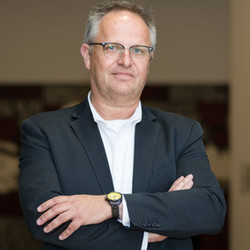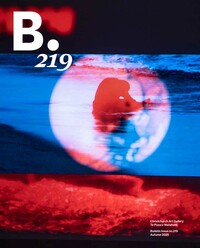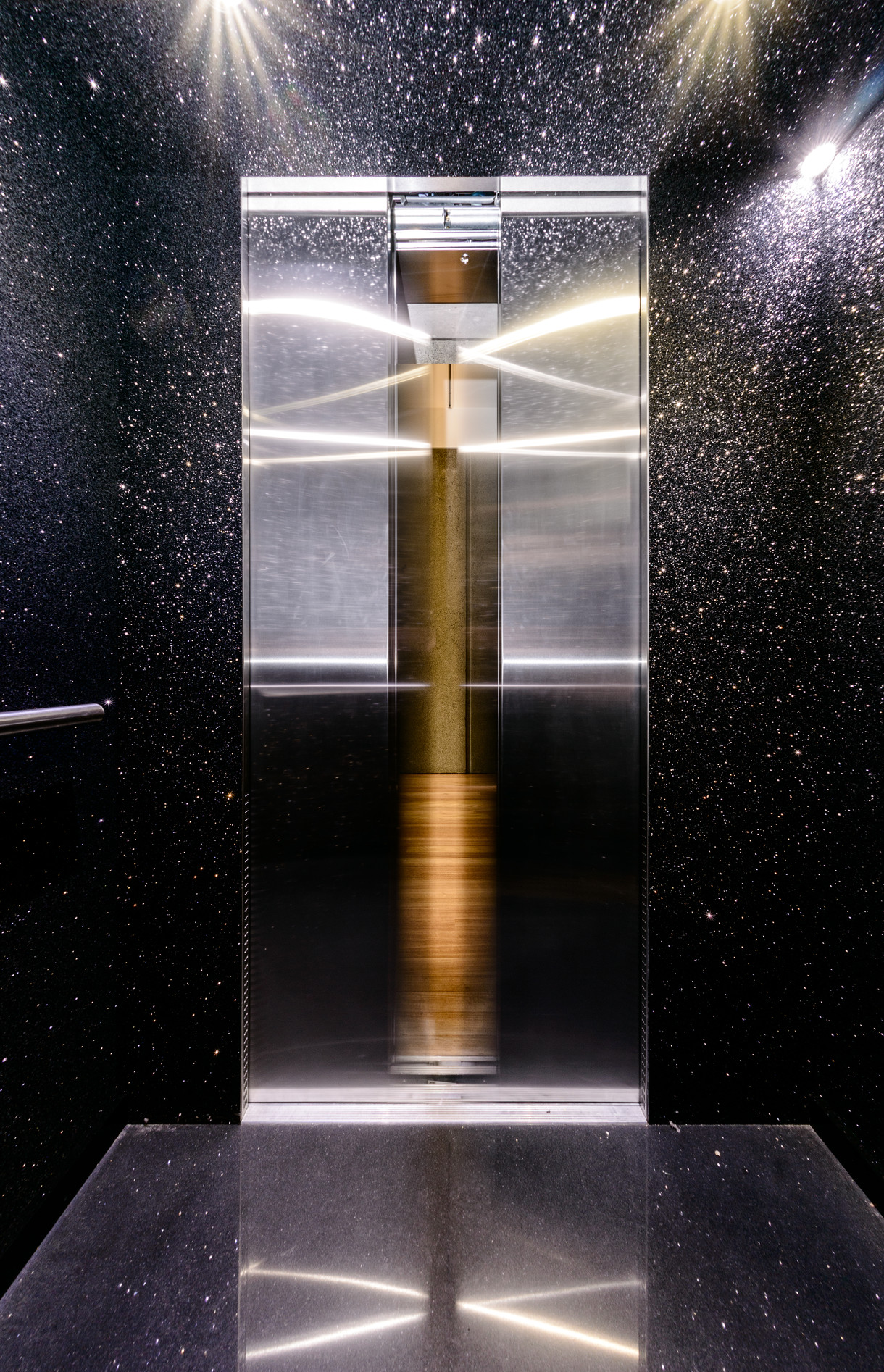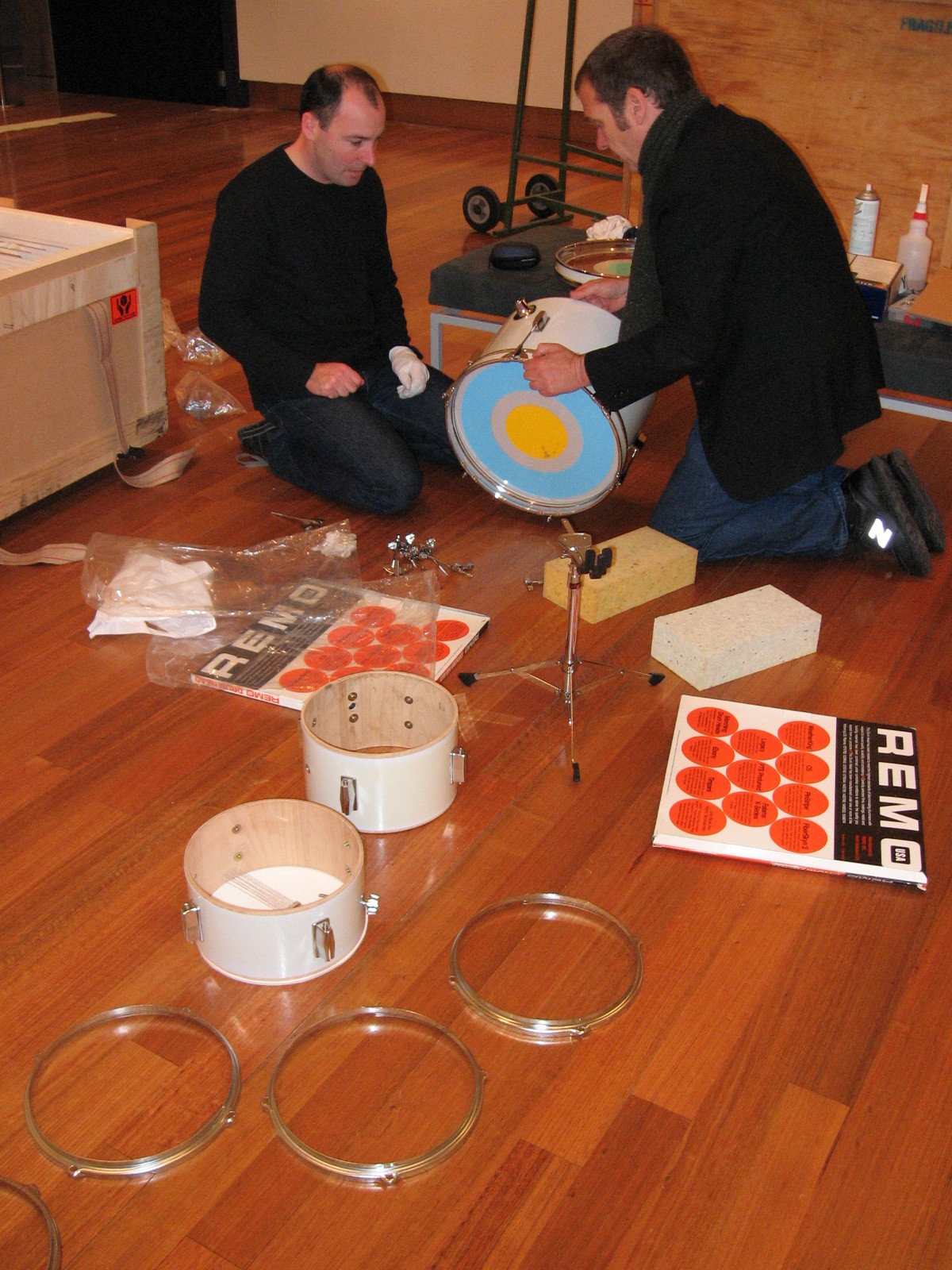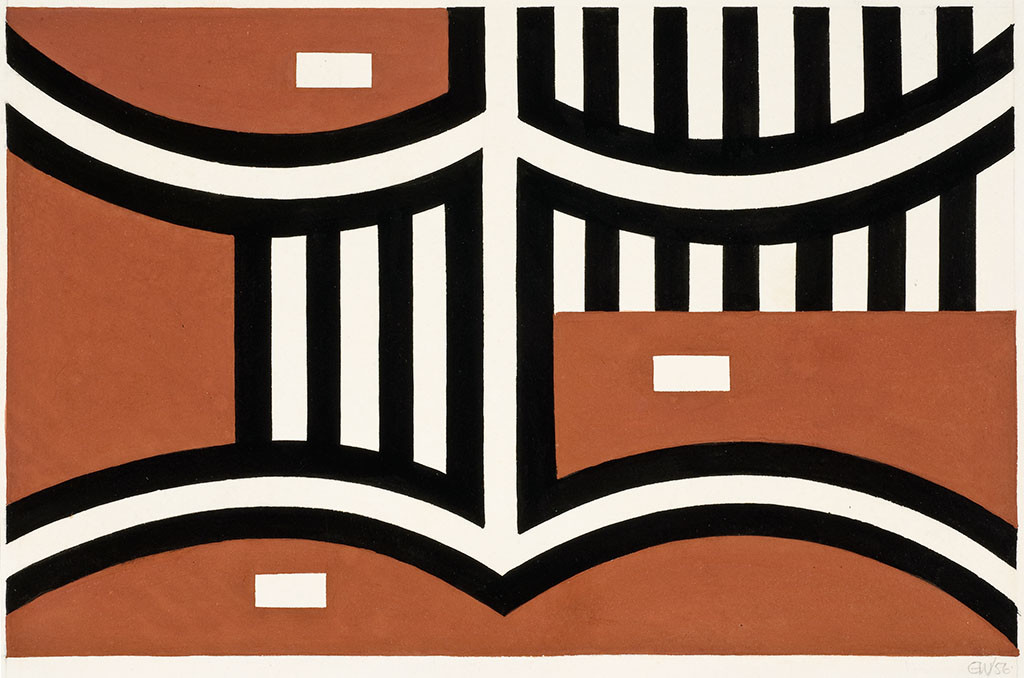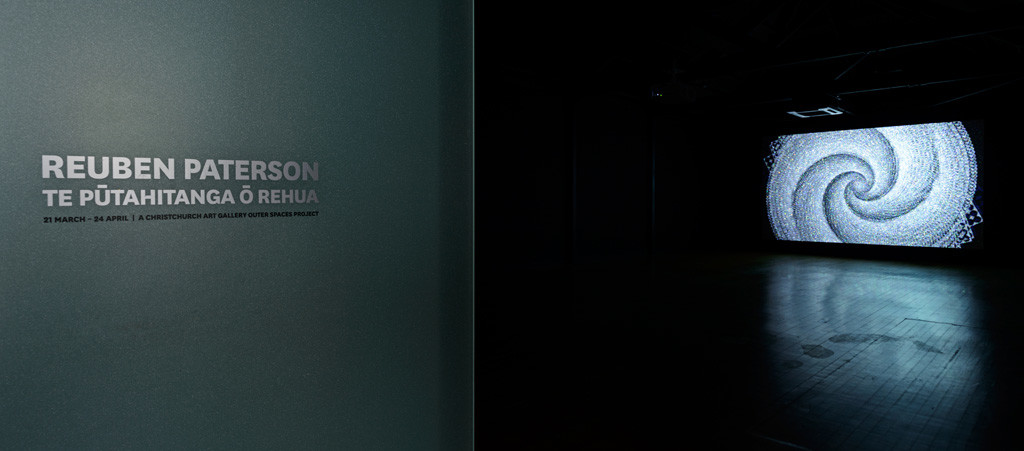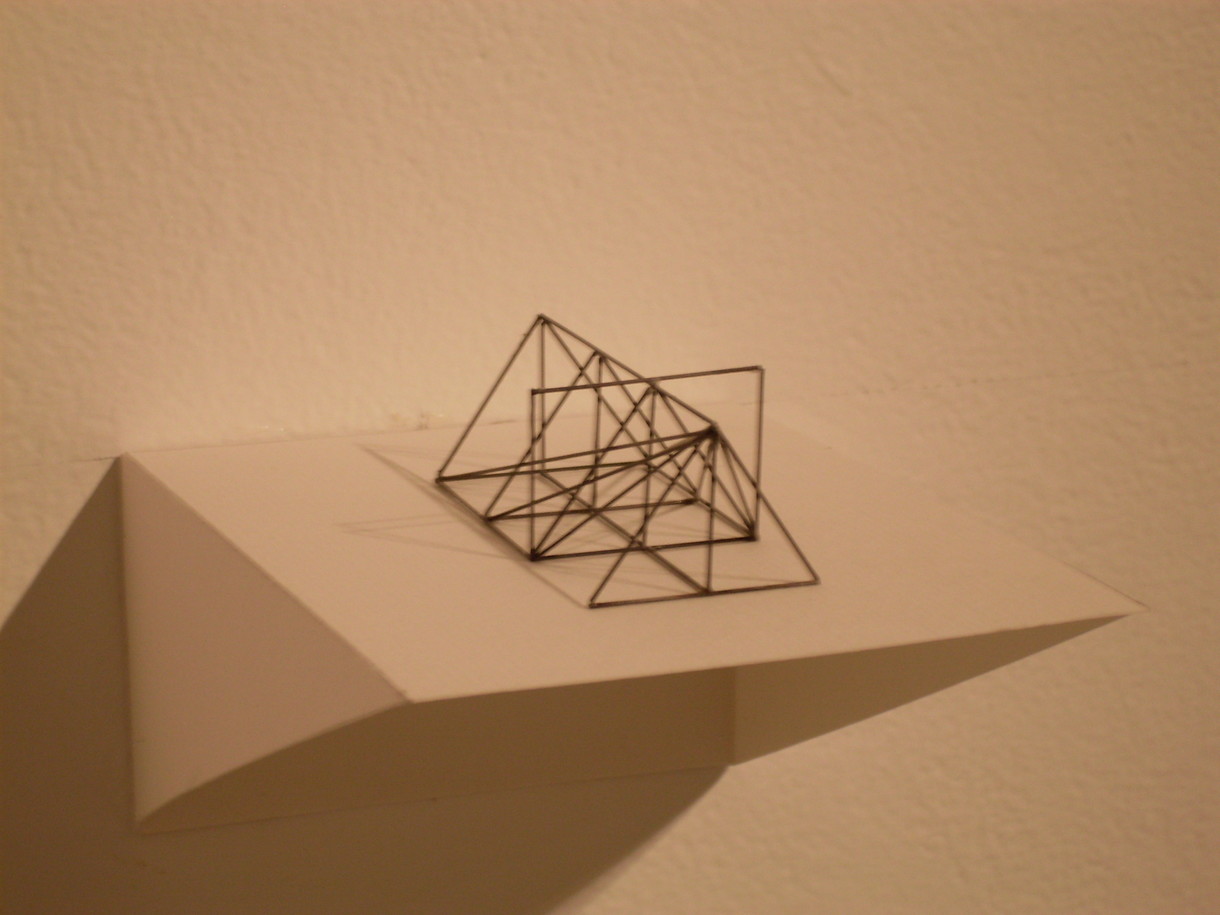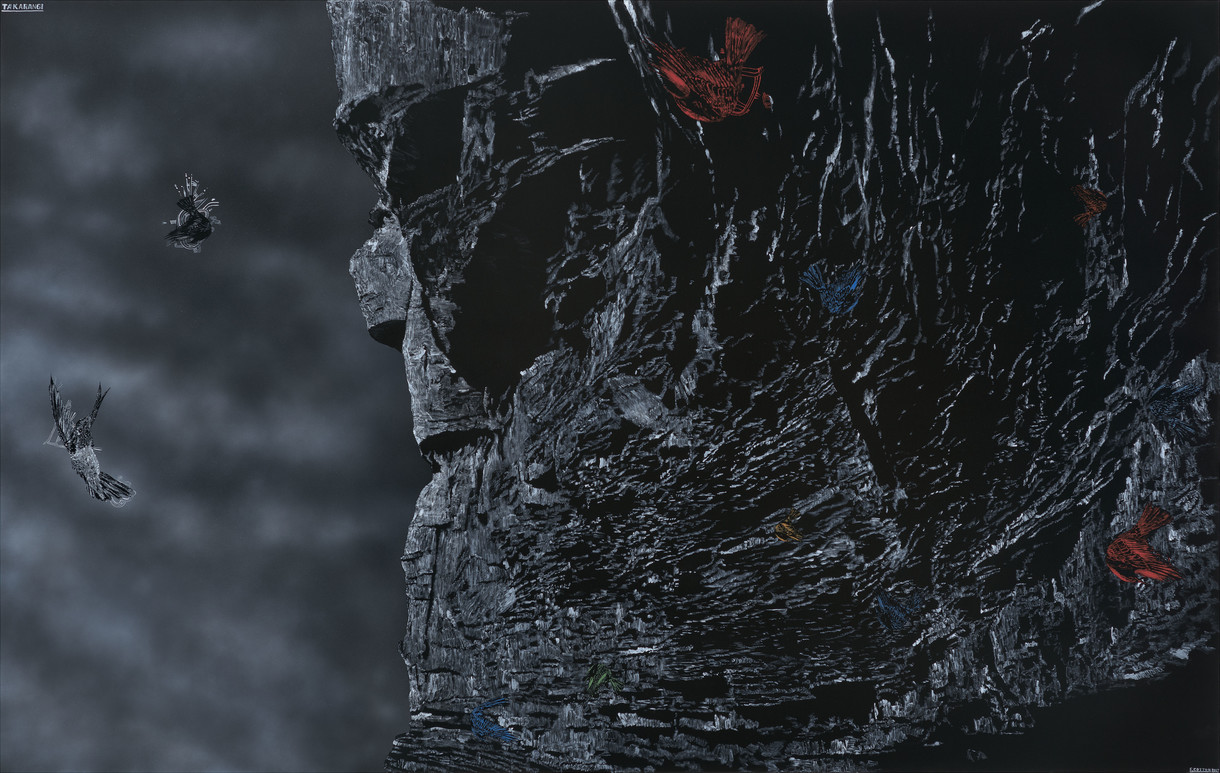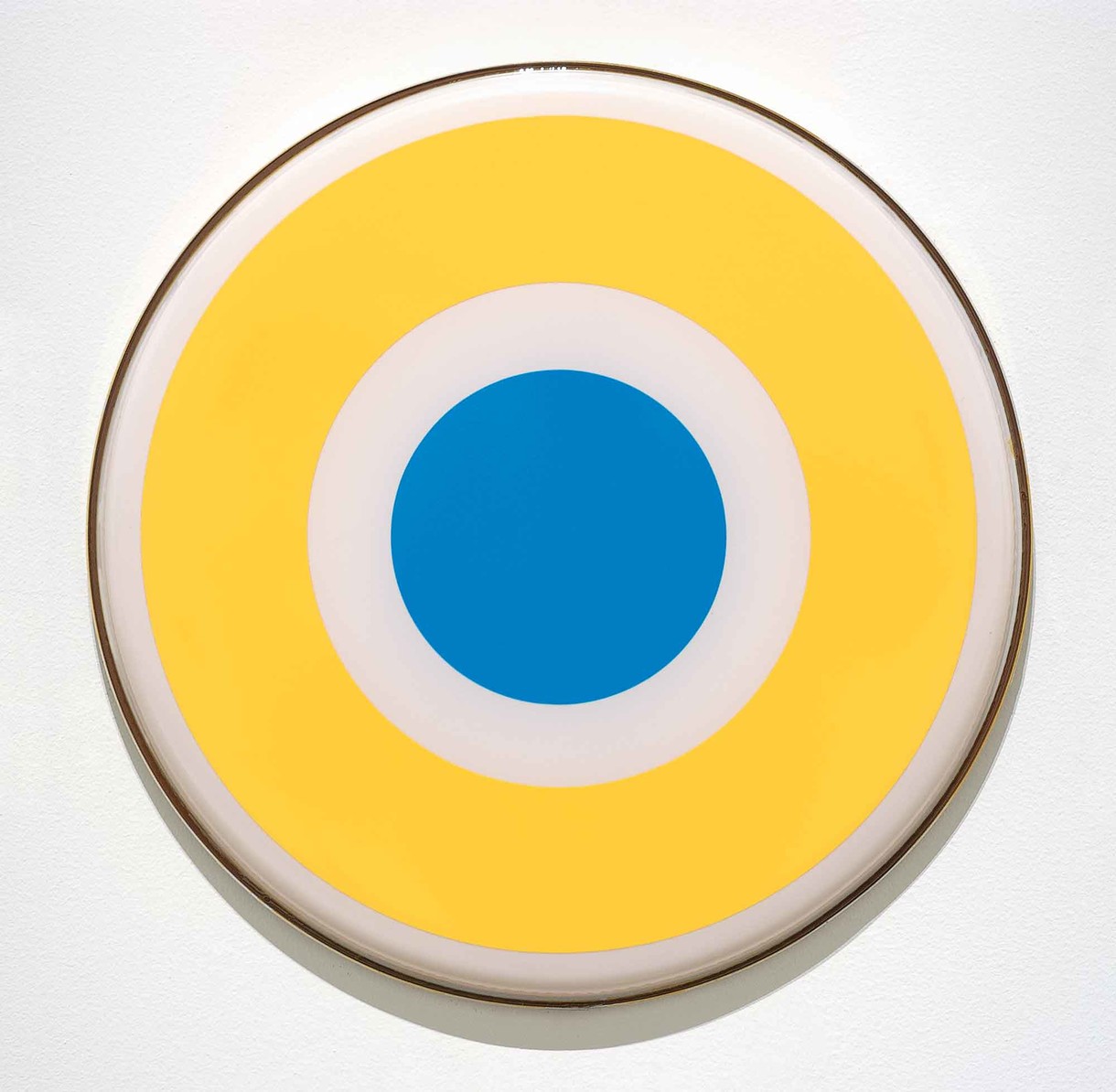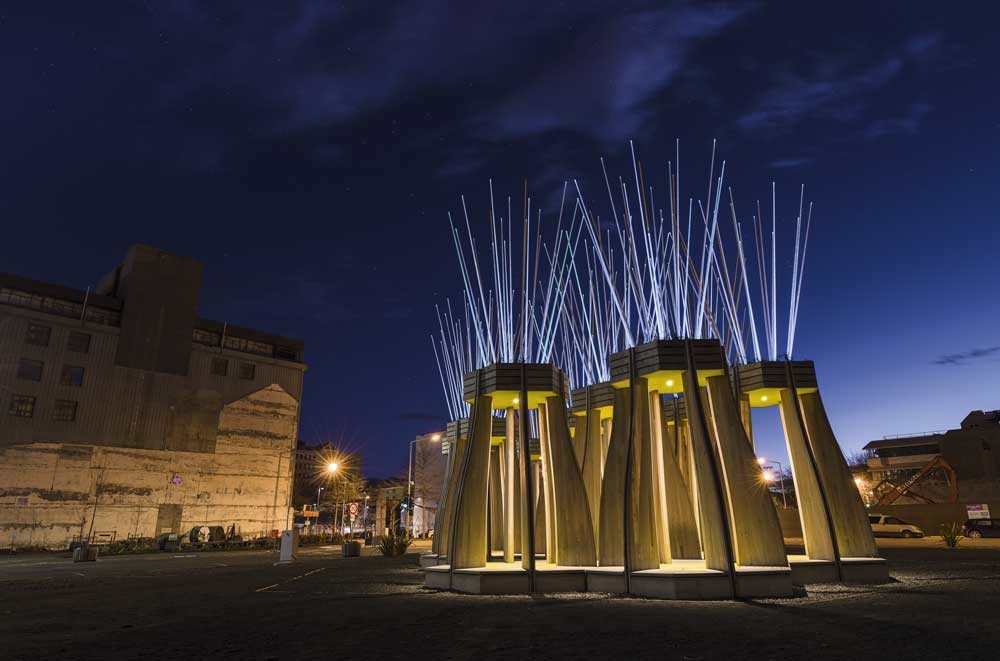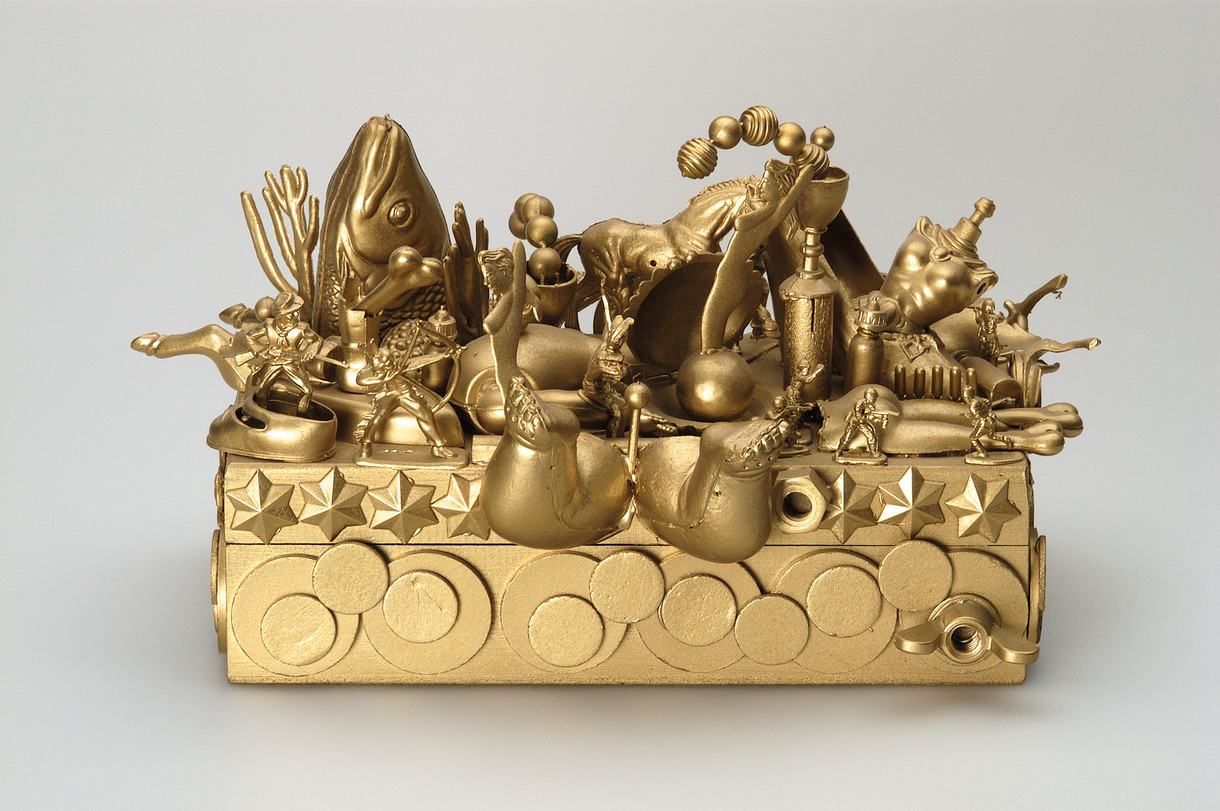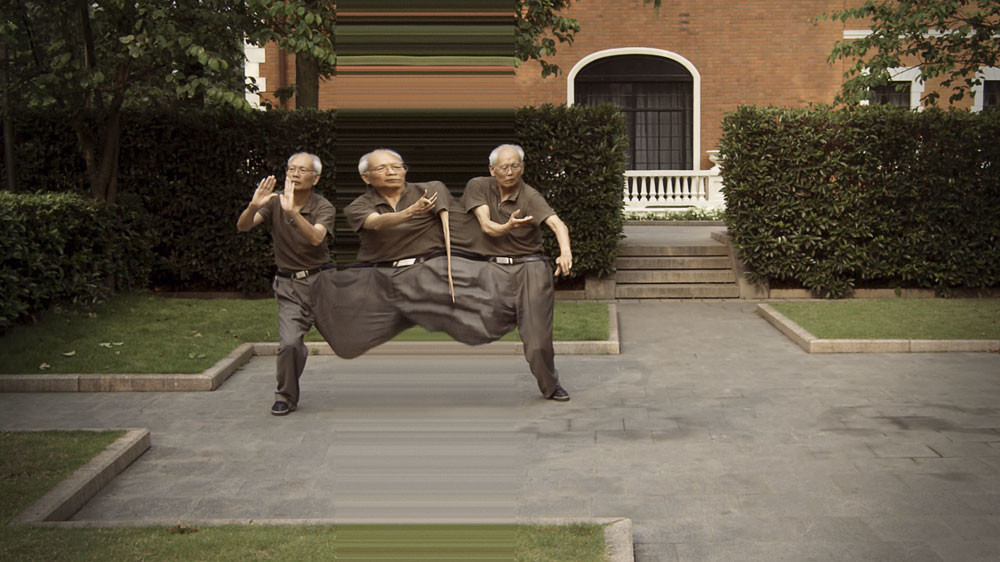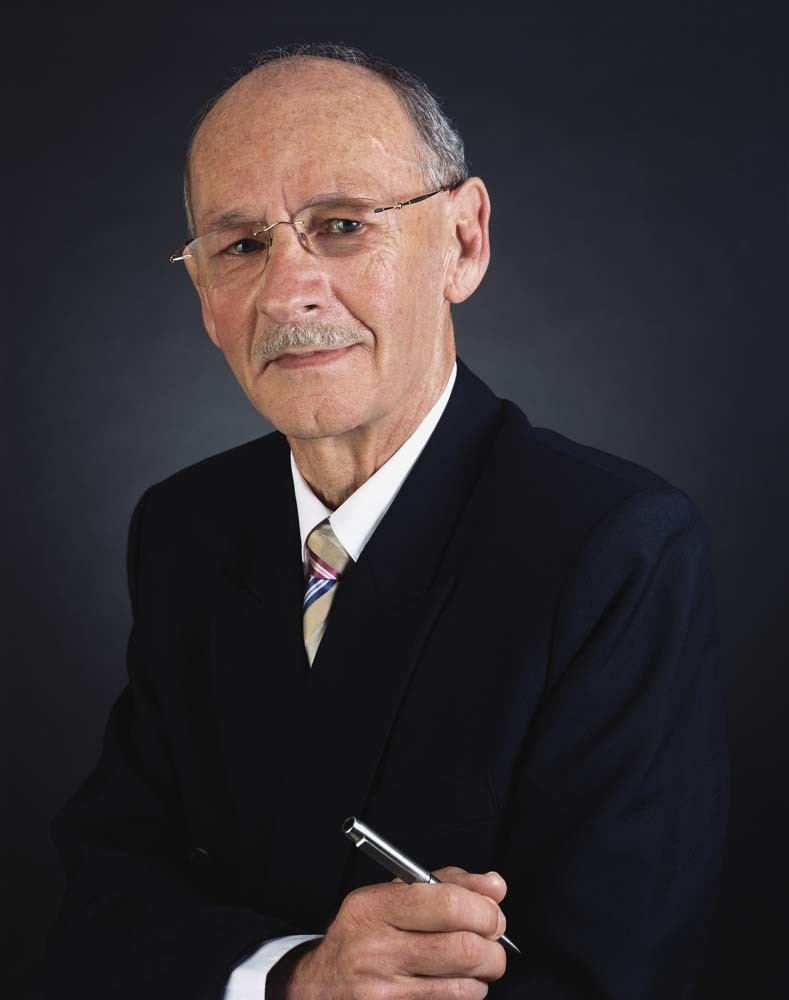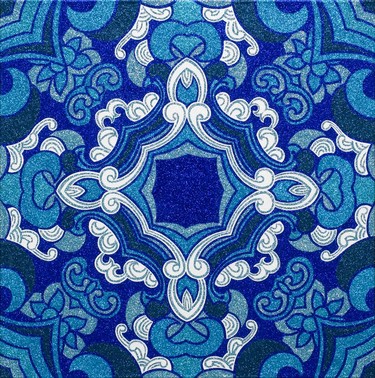
Reuben Paterson A Shadow Born from Three Dreams 2008–9. Glitter and acrylic on canvas. Private collection, Christchurch. Reproduced courtesy of the artist
New Zealand in the Biennale of Sydney and the Biennale of Sydney in New Zealand
and the Biennale of Sydney in New Zealand
Call it a moment of uncanny curatorial synchronicity. Call it an alignment of the trans-Tasman curatorial stars. Or-calming down a bit-call it a minor but welcome coincidence. In Sydney from 12 May till 1 August, nine New Zealand artists go on show in the Biennale of Sydney-one of the largest contingents of Kiwis ever to take part in the nearest thing the South Pacific has to European megashows like documenta and the Venice Biennale.And across roughly the same timeframe, six of those artists are on show at Christchurch Art Gallery-Jason Greig, Julia Morison, Fiona Pardington, Reuben Paterson, Rohan Wealleans, and (in the Russell Crowe position, with a foot in both Australia and New Zealand) Daniel Crooks. (The other Kiwis taking part are Yvonne Todd, Brett Graham and Shane Cotton.)
Called The Beauty of Distance: Songs of Survival in a Precarious Age: The 17th Biennale of Sydney, artistic director David Elliott's edition of the show sure won't be winning any prizes for economy in exhibition titling. But it's impossible not to feel hopeful for a curator who takes as his touchstone Harry Smith's great 1952 collection of field-recordings, the Anthology of American Folk Music, and who says, with a welcome directness and absence of bet-hedging, that he wants to ‘explore the affirmative power of art in the face of unprecedented threats'.
International group-shows often bring out the worst in New Zealand commentators, who feel compelled for the zillionth time to wonder what exactly makes the New Zealand work distinctively ‘ours' (Hello, you want to respond, it's from New Zealand). We're doing our best here to avoid that kind of naffness. But it has to be said that Elliott's stated interests in tricksters, cabinets of curiosity, and ‘gods and ghosts' sit very comfortably indeed with the New Zealanders in his selection-particularly those who do their digging down at the dark end of the local cultural garden, like Cotton, Greig, Pardington and Wealleans. Of course, to see how the nine New Zealand artists harmonise or otherwise with Elliott's ‘songs of survival' theme, you need to get to Sydney and get amongst it. But if you can't, or even if you can, six of the nine are playing right now at the Gallery.
Justin Paton
Senior curator



